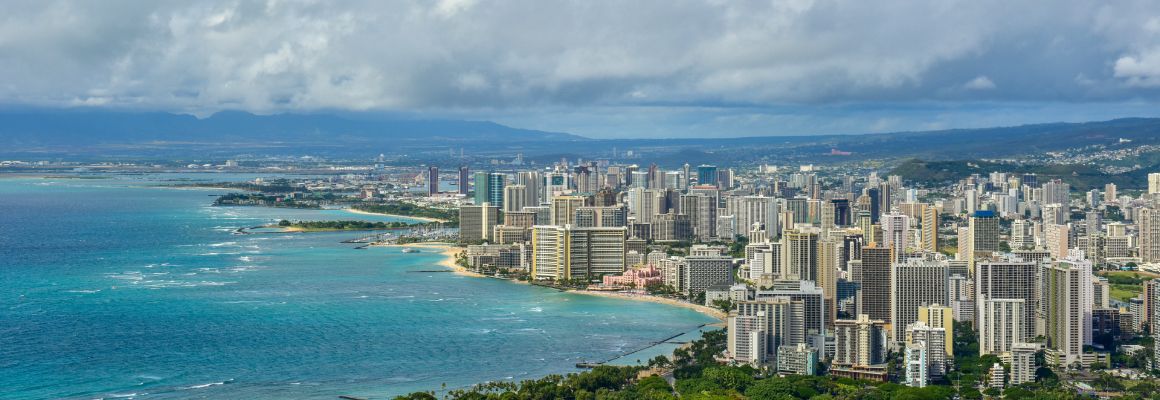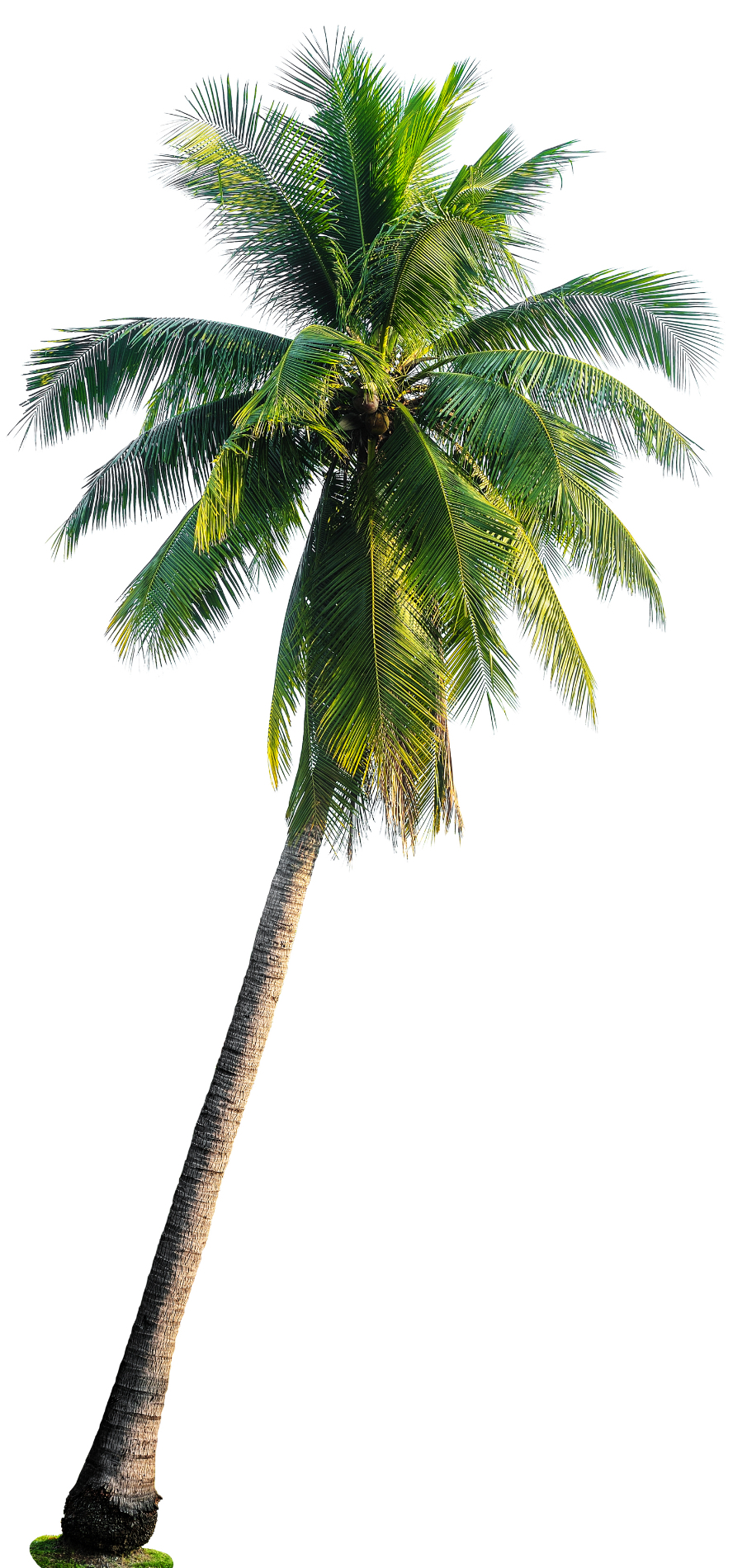
Introduction to O'ahu
and Waikiki Area

More than likely if you're staying on O'ahu, it's a 99.9% chance you are staying in Waikiki. There is a reason for that, it's the best place in O'ahu to stay period. It's beautiful, exciting, entertaining, convienient, hundreds of things to do and great places to eat, all within easy walking distance and no car is needed. We can not tell you how many people think they want to be adventurous and split stays between Waikiki and other parts of the island, but after just 1 day away, call up and ask if they can come back to Waikiki early.
To walk from one end of Waikiki to the other end of Waikiki is just a 25 minute brisk walk. From the Ilikai to the convention center or the Ala Moana Shopping Center (The Largest Outdoor Open Shopping Center in North Amarica) is just a 10 minute walk.
Aside from the world famous beach, which is, in itself, a major attraction, you'll want to consider a visit to the Honolulu Zoo. Located on the west side of Kapi'olani Park. The Honolulu Zoo is the largest in the state of Hawaii. In fact, it's the largest within a 2400 mile radius! Highlights of the zoo include the "African Savanna", the "Tropical Rainforest" and the "Islands of the Pacific" exhibits. If you're in Honolulu during a full moon, check into their once-a-month "Moonlight Walk".
Located within easy walking distance of the zoo is the Waikiki Aquarium. Built in 1904, this is the third-oldest public aquarium in the United States. Their exhibits, programs, and research focus on the aquatic life of Hawaii and the tropical Pacific. The over 2,500 organisms found in their exhibits represent more than 420 species of aquatic animals and plants. Every year, roughly 350,000 people visit the Waikiki Aquarium.
Other worthwhile attractions in Waikiki include the Damien Museum where you can learn about the life of Father Damien, famous for working with those suffering from Hansen's disease.
The downtown area of Honolulu, located just minutes from Waikiki, offers many wonderful attractions.
Aloha Tower is famous for greeting all who arrive in the port of Honolulu by ship. Recently restored, you can take an elevator to the top and get the best views of Honolulu and the surrounding area.
The Bishop Museum is a must see for anyone interested in the history and culture of Hawaii. The museum contains the world's largest collection of Hawaiian and Pacific artifacts. The museum is not within walking distance of downtown or Waikiki, but there is plenty of free parking available and public transportation does service the museum.
The Hawaii Maritime Center is located near Aloha Tower. The museum details the maritime history of Hawaiian and the Polynesian people. An excellent audio tour is available and highly encouraged. The historic area of downtown Honolulu should not be missed. Open Tuesday through Saturday from 9:00 am to 2:15 pm, the 'Iolani Palace, built in 1882, is the only royal palace on American soil.
The palace served as the residence of the last two Hawaiian monarchs from 1882 to 1893. The Palace is now operated by the non-profit Friends of 'Iolani Palace. Renovations are ongoing as are the efforts to regain the original furniture and belongings that stood in the palace in the days of the monarchy.
Located nearby to the palace is the State of Hawaii Capitol Building which offers tours on a limited basis. Also nearby is the Mission Houses Museum which honors the memory and lives of the missionaries who came to Hawaii in the 19th Century. While you're visiting the historic area be sure to see the famous statue of King Kamehameha I which stands across the street from the 'Iolani Palace in front of the Hawaii Judiciary Building.
Sitting atop Punchbowl Crater is the National Cemetery of the Pacific, the final resting place for more than 40,000 war veterans who served the United States in World War II, Korea and Vietnam. This is a solemn place but one filled with much beauty and peace.
Other sites of interest include the Queen Emma Summer Palace, the summer retreat of Queen Emma, wife of Alexander Liholiho (King Kamehameha IV). The home is wonderfully maintained by the non-profit Daughters of Hawaii.
Located at 2261 Nu'uanu Avenue is the Royal Mausoleum, where the remains of six of the eight Hawaiian monarchs are interred. O'ahu's Southeast Shore and Windward Coast features some of the island's best beaches separated by rugged rocky shores, lush green valleys and wonderful attractions. In Hawaii, windward refers to the eastern side of an island and leeward the western side. The prevailing winds in Hawaii blow east to west as opposed to the mainland where winds tend to blow west to east.